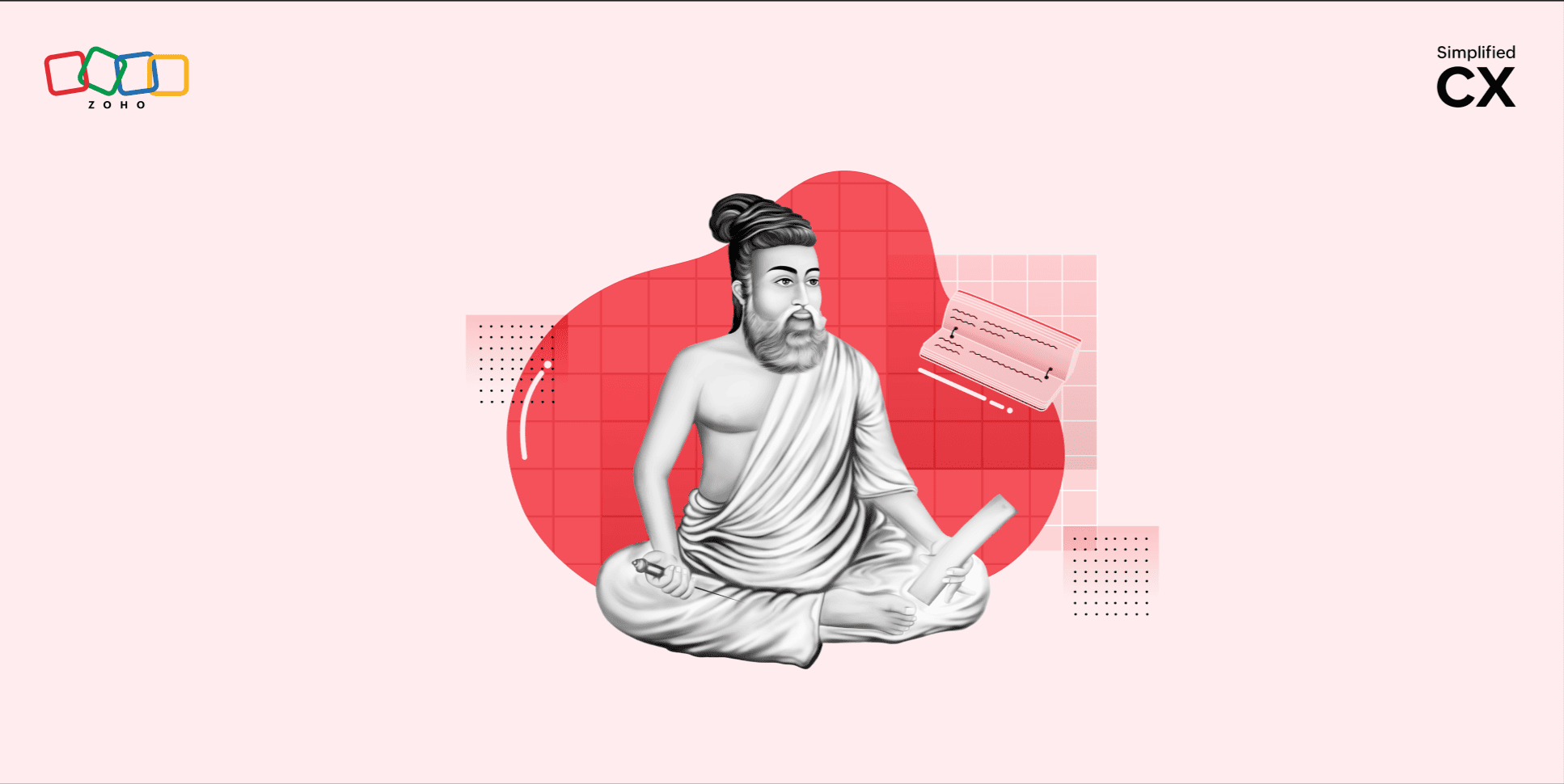The P in Psychology: Silently adding context to the marketing mix
- Last Updated : November 2, 2023
- 395 Views
- 4 Min Read

The world of business is at a point where it fully understands that the benefits of technology don't trump the importance of understanding customers. That's because customers are integral to business, and without their decisions to buy, businesses would fail, regardless of great ideas and innovations. It's safe to say that without customers, all business is moot.
The truth about customers and businesses
Irrespective of whether customers are individuals, communities, other businesses, non-profits, or governments, they're all essentially people. It follows that all businesses are people, too—like those who either own the business outright or have a stake in it, those who manage and operate the business, and those who work for and with it.
People drive marketing
What this means is that people present the context for the marketing mix—a notion first presented by John Maurice Clark of the University of Chicago in 1918, in his paper entitled Economics and Modern Psychology I. This was a seminal work that led to the birth of behavioral economics, which studies the effects of psychological, cognitive, emotional, cultural, and social factors on people's decisions, and recognizes that these decisions could vary from those made in the past.
Psychology earns its stripes in marketing
Marketing is informed by data, but when the data represents patterns of human behavior motivated either by emotions or rationale—or a combination of both—businesses need psychologists to provide context and insights. This explains why marketers turn to psychology and neuroscience to understand what drives human needs, perceptions, expectations, and aspirations, and why the American Psychological Association in 2009 established a Presidential Task Force on the Future of Psychology as a core STEM discipline.
Putting the marketing mix in context
People present the marketing mix with the context necessary to manage and operate a successful business. For starters, people create products that are marketed and consumed by people, in much the same way every interaction or exchange at every stage of the marketing process involves people. The effect of this information is that rather than building a strategy based on a business's perceptions of the marketing mix and the market, the better strategy would be to focus on understanding the people who make up the market and how they relate to the marketing mix.
The service industry minds its Ps
In the service industry, there are a few more Ps to add to the marketing mix: people, process, and proof. Whether your business is a laundry service, a rideshare app, or a SaaS platform, there's no real physical product for customers to touch. What they do have, however, is an experience of your process, interactions with your people, and an understanding of how your service can benefit them.
Psychology and the marketing mix
Behavioral psychology has never been more popular than it is today. It's no longer the exclusive domain of psychiatrists, governments, education, and activism. Today's marketers are all over it, trying to find either the best, most effective, or easiest way to persuade people to read this, compare that, remember us, buy our product, keep coming back, tell others, and so on.
Features alone don't sell a product
Marketers are keenly aware of how product features are viewed and need no urging to wax on about them. However, they need to go beyond features and benefits to understand the role their products play in people's lives. A fast-moving consumable like sliced bread and something more lasting like a TV can play equally important roles in people's lives. It's the regularity with which people use the product, the nature of the need the product satisfies, and the emotions the product evokes before and after purchase that define people's perceptions of the role it plays in their lives.
Price is not everything
While making a purchase, people don't always opt for the cheaper price, or what's in the middle, or which is most expensive. In fact, people with the same explicit needs have been known to make different price choices. That's because people are a collective of individuals, each with a uniquely mixed bag of associations, biases, preferences, pain points, needs, and expectations. So people's perceptions are not necessarily the same, and our decisions or behavior, even when similar, could be attributed to markedly different triggers.
People are unpredictable
If there's one principle all psychologists agree on, it's this. So no matter how liberally or literally you choose to apply behavioral psychology to influence purchase decisions, there is always a chance that your best-laid plans remain just that and never translate into positive results and growth. Which means while some people may not see the value in fat discounts, cash-back, or freebies, they could well be part of a minuscule group who are not driven by immediate gratification or quick bargains.
The psychology of good customer experiences
Good customer experiences can add significant value to a business if it does more than meet customer needs. A business needs to understand what customers expect from them across the entire customer journey. It's not just about product features, attractive pricing, eye-catching design, witty copy, or erudition. It's about how customers feel they're being treated through their journey with the business. In fact, when they believe that a business genuinely cares about them as people, it can trigger their emotions and motivate behavior that can earn your business a bigger market share.
Even in the face of stiff competition, the business that puts people at the heart of their customer experience can come across as being more attractive, attention-worthy, and credible. The added upside of creating better customer experiences is that it improves retention, builds advocacy, increases referrals, and reduces attrition. It can quite literally propel and sustain growth.


